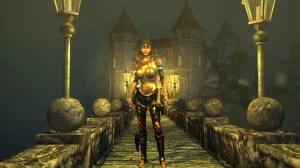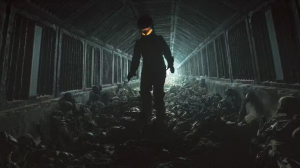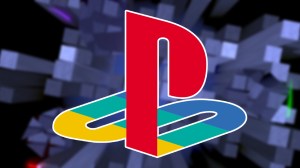Once full production on a video game begins, it’s usually a do-or-die scenario for studios. By this point, hundreds of millions have been invested. If the game flops, the entire studio might go defunct. That’s the risk that comes with making genre-defining games today.
Videos by ComicBook.com
Sometimes, the worst actually does happen. Games with big expectations see low sales and dwindling player counts. The developing studio enters a state of panic. It announces new content, post-launch freebies, and whatnot, so their game might get a second wind. While some games like Cyberpunk 2077 manage a resurgence, most of them aren’t so lucky. There are countless instances of games that tried to come back but failed. Here are some of the biggest ones, along with why and how they went under.
1) Anthem
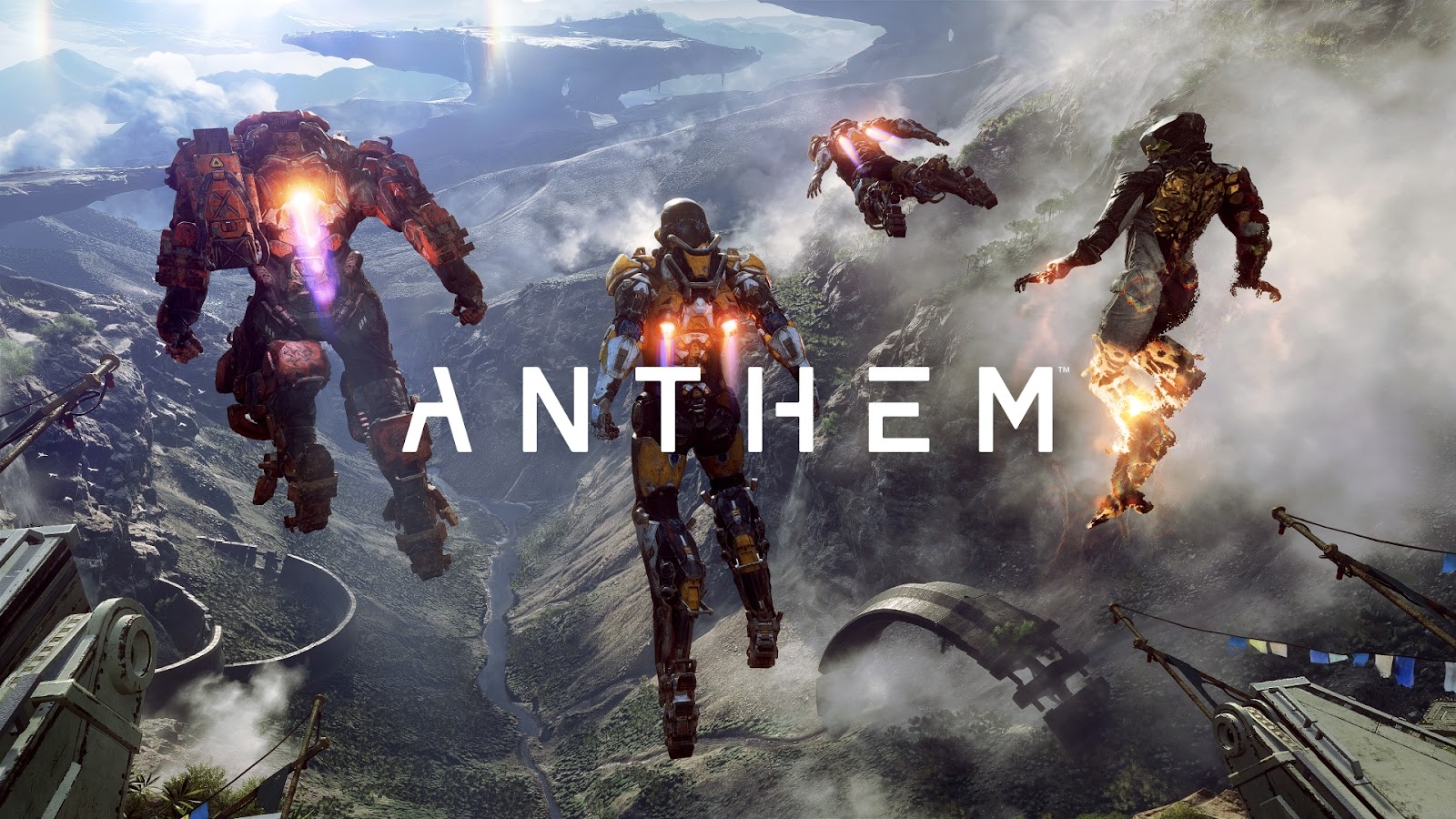
BioWare’s Anthem was supposed to be the next big thing. Footage showed exhilarating gameplay. Flying through planets in an Iron Man-style mech suit and destroying creatures of all sorts. There was insane marketing for the game, and EA expected it to sell 6 million copies within a month. However, since Anthem is on this list, you can probably guess that things didn’t work out.
Throughout its lifetime, Anthem has sold just over 5 million copies. Half of that number was achieved in the month after launch. You see, Anthem received mixed reviews. There was praise for the flying and graphics. But the repetitive gameplay, grinding for resources, and shallow story did irreparable damage to the game’s image.
There were also loading screens up to five minutes long. The weight of these things brought it down. Anthem missed commercial expectations by a long shot. In 2020, BioWare announced it would rework the gameplay of Anthem, but still, there was no interest in a comeback. The industry had seen enough, and so a year later, in 2021, BioWare cancelled all future plans for Anthem.
2) Suicide Squad: Kill the Justice League

Rocksteady released Batman: Arkham Knight in 2015 to critical success. But after this point, things went downhill for the company. For some reason, Rocksteady started developing Suicide Squad: Kill the Justice League. It wasn’t anything like what it had done before. Suicide Squad was a multiplayer co-op game with live-service elements. The gameplay and UI were terrible, and there was an overwhelmingly negative reaction to the trailers.
When Suicide Squad was eventually released in 2024, it was unplayable at launch because of connection issues. The story was ridiculous, the gameplay far from innovative, and the UI elements felt plucked out of a battle royale game. Suicide Squad was dead on arrival.
Rocksteady’s attempts at reviving the game with free additional content and a roadmap for the next two years failed. A few months later, it was announced that support for the game was ending. Allegedly, the result was a $200 million write-off for Warner Bros. Games.
3) Multiversus

Multiversus was a crossover fighting game of the biggest Warner Bros. and Cartoon Network franchises. Characters from Game of Thrones, Looney Tunes, the DC universe, and many more were featured in its roster. Multiversus had a successful open beta stage in 2023, reaching peak concurrent player counts of 150,000. Multiversus was then taken off beta, and its 1.0 version was released a year later in 2024.
Multiversus was praised for its gameplay, but surprisingly, it still bombed on its return. During the gap from beta to release, aggressive monetization elements were added. The new gameplay loop forced players into extreme grinding to unlock new characters. The attempt to monetize Multiversus felt predatory for consumers. But there were several other problems as well.
Servers were having connection issues, new characters were rarely being added, and there were only a couple of game modes. Multiversus had great gameplay, but it was just not evolving. And that led to a rapid decrease in player count. Attempts at revitalizing the game’s state failed, and Multiversus was delisted in May 2025. It goes to show you how over-monetization can ruin even the best of games.
4) Thief (2014)
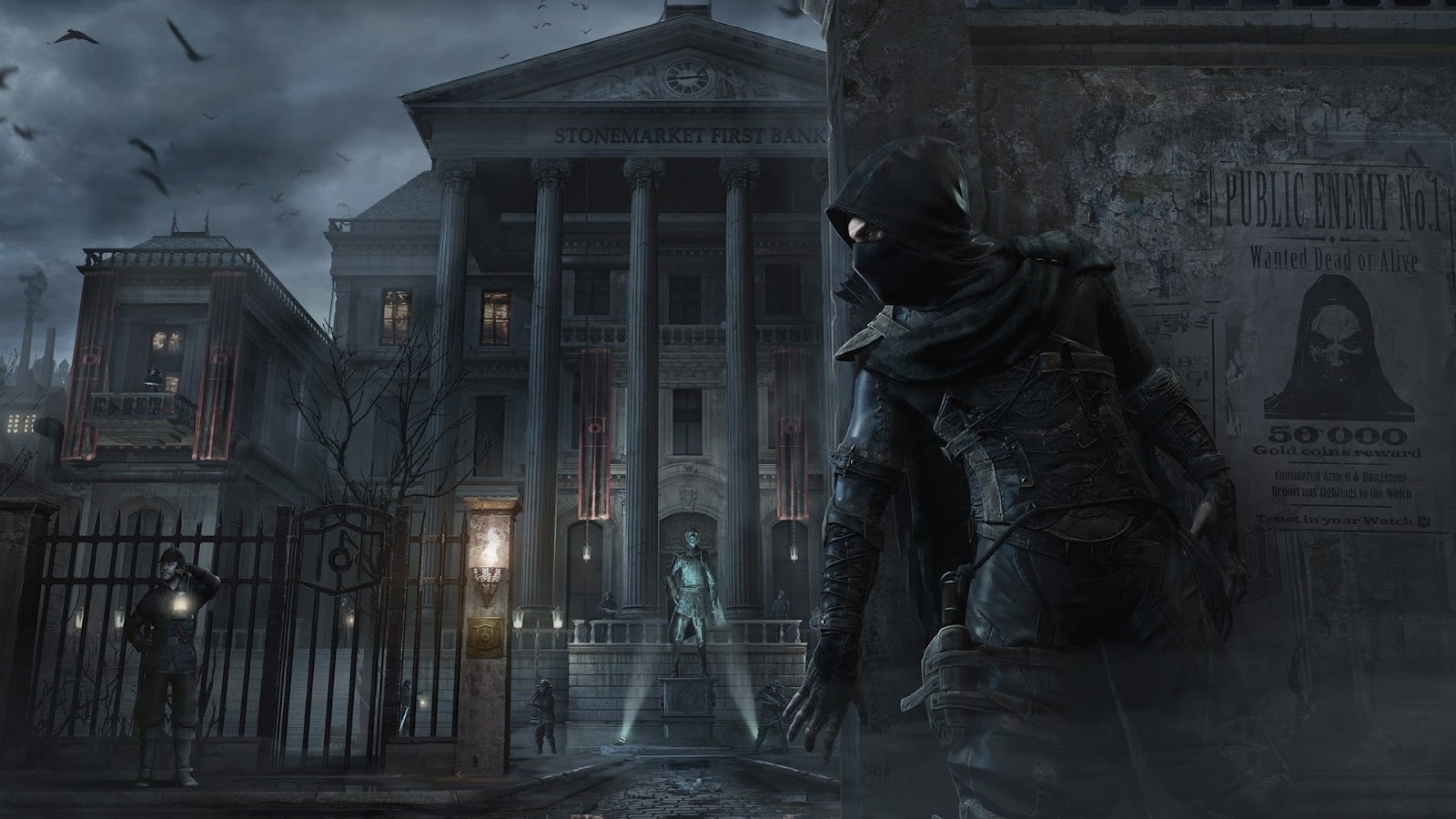
Thief was a critically acclaimed series that went dark after 2004. A new Thief game was released in 2014 with the hope of breathing new life into the dormant IP. However, the reception to Thief (2014) was mild. There was rightful criticism about the level design, city layout, and abundant loading screens. Thief felt mundane and had nothing of note across its 20-hour playtime.
The stealth wasn’t innovative, either. Thief paled in comparison to the stealth games of that time, like 2012’s Dishonored. A potential sequel was a possibility had Thief succeeded. But since it didn’t, there hasn’t been a new mainline Thief game for over a decade.
5) Battleborn
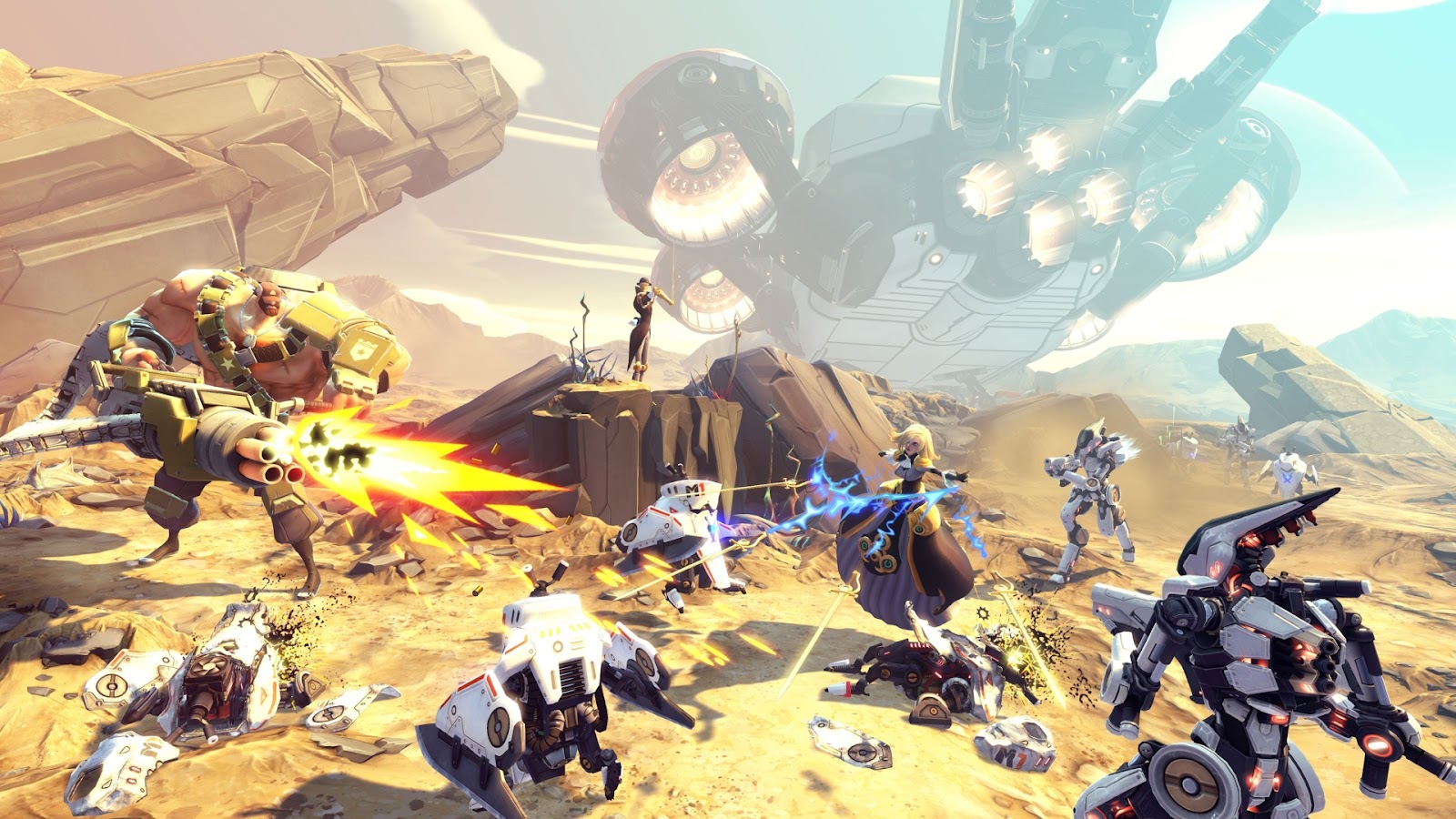
The creators of the Borderlands franchise, Gearbox Software, released a hero shooter by the name of Battleborn in 2016. Battleborn was a first-person shooter where players selected a character and then competed in matches. During matches, players would level up and be allowed to customize loadouts for the remainder of the match.
Battleborn’s gameplay was interesting and attracted many multiplayer fans. But the dated graphics, microtransactions, and the $60 price tag proved to be too much. Three weeks after Battleborn was released, Blizzard Entertainment’s Overwatch also came out. Overwatch was a hero shooter as well, and it had better graphics, better gameplay, less aggressive microtransactions, and only cost $40 (at least on PC).
Many compared the two games, and the majority liked Overwatch more. Battleborn’s player count rapidly fell while Overwatch’s grew. Gearbox Software responded by lowering Battleborn’s price to $40 and even added a new character to the game free of cost. However, this decision didn’t bear any fruit. Overwatch went on to win Game of the Year and make an insane profit. Battleborn was overshadowed by the former and removed from storefronts in late 2019.
6) Redfall
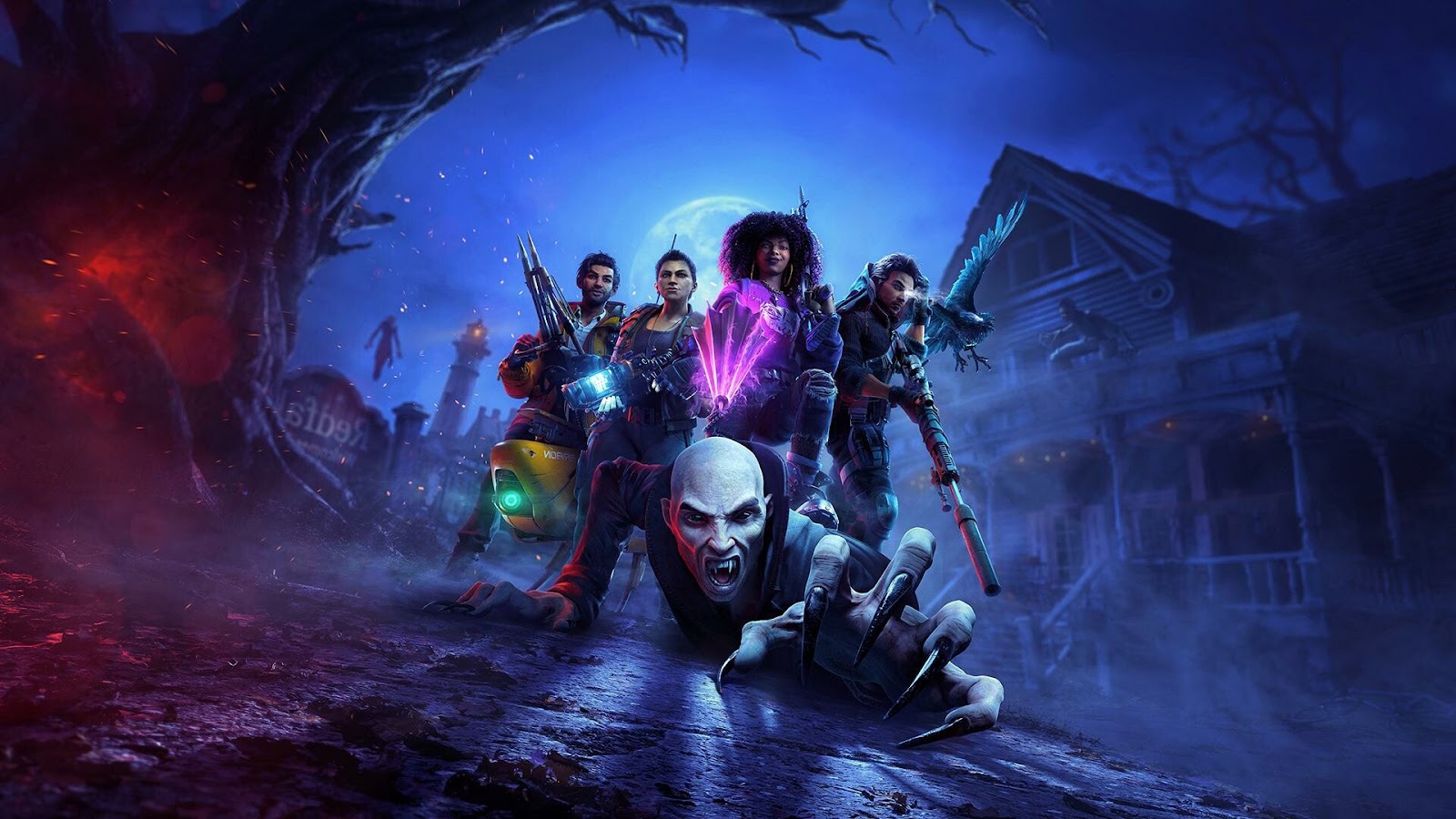
Arkane Studios’ Austin branch made Redfall. It was a co-op game set on a remote island infested with vampires. Redfall had a nice art style and setting. The story and gameplay, though, were super dull. Redfall wasn’t going to make any waves after release; that much was looking certain. But it actually did make waves in the industry and for all the wrong reasons.
Thousands of glitches, texture bugs, environmental bugs, and much more plagued the game on launch. Reviews labelled Redfall a mechanical disaster. People couldn’t play five minutes without a crash. Arkane quickly sent out a statement, claiming they would fix everything. After a couple of months, they managed to do that, but the story and gameplay were still boring.
By then, Redfall had no players. No matter how many free updates Arkane added, Redfall wasn’t going to be successful. Redfall was delisted from stores a little later. Arkane’s Austin branch was closed down, and Redfall became nothing but a black spot on Arkane’s otherwise perfect track record.
7) Marvel’s Avengers

Crystal Dynamics’ highly anticipated Marvel’s Avengers hit shelves in 2021. Snippets of gameplay were promising, so many eyes were on the project. Unfortunately, Marvel’s Avengers, in retrospect, was a colossal failure despite having sold only 3 million copies.
The game had a mission-based structure. The levels were too small and felt claustrophobic. You could choose between 6 superheroes. Each character had unique skills, but the gameplay was dated and offered nothing new. The story wasn’t spectacular either. Marvel’s Avengers was a play-and-forget type of game, and interest in it dwindled quickly.
Crystal Dynamics started rolling out free content in the coming months. New characters, missions, and skills were added, but still player count wasn’t rising. It was clear that supporting the game would cause more loss than profit. So, after trying for about two years, Crystal Dynamics chose to end support for the title. Marvel’s Avengers was delisted from stores in 2023, and reports suggest it was a $200 million loss for Square Enix.

